Welcome to our comprehensive guide on safety rules for science labs in private schools! In these dynamic environments, ensuring the safety of both students and educators is crucial for fostering a productive learning experience. By understanding and implementing these essential guidelines, everyone can enjoy the excitement of discovery while minimizing risks. Ready to dive deeper into these vital safety tips? Let's explore further!
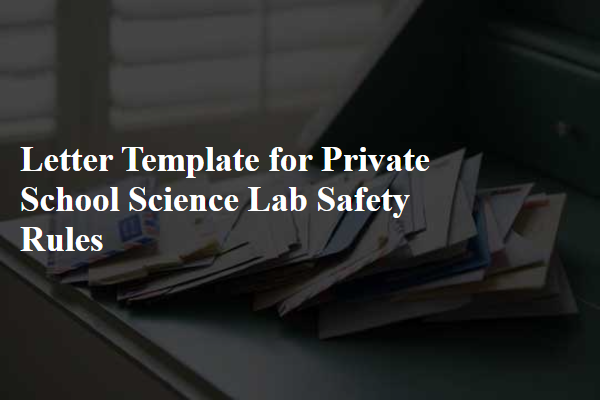
Clear and concise language
In a private school science laboratory setting, safety rules are essential to ensure the well-being of students during experiments. Proper attire, including safety goggles and lab coats, is mandatory to protect against chemical splashes. Students must be aware of the location of emergency equipment such as eyewash stations and fire extinguishers, which are crucial in case of accidents. No food or drink is allowed in the lab to prevent contamination and potential ingestion of hazardous materials. Additionally, all chemicals must be clearly labeled and stored appropriately to avoid dangerous reactions. Following these rules promotes a safe learning environment and enhances the educational experience in the science lab.
Emphasis on safety protocols
Safety protocols in private school science labs are essential for ensuring the well-being of students and staff during experiments and activities. Proper personal protective equipment (PPE) such as goggles, gloves, and lab coats should be worn at all times to protect against chemical spills and sharp objects. The lab area must be kept clean and organized to prevent accidents. Emergency equipment, including eyewash stations and safety showers, should be clearly marked and easily accessible. Students must be trained in the appropriate use of all lab equipment, including Bunsen burners and microscopes, to minimize risks. Knowledge of the Material Safety Data Sheets (MSDS) for all chemicals used is crucial, providing important information about hazards and handling procedures. Additionally, clear communication of all safety rules and protocols during laboratory sessions will help foster a culture of safety among students. Regular drills for emergency situations, such as chemical spills or fires, should be conducted to prepare students for real-life scenarios.
Inclusion of emergency procedures
Science laboratories in private schools can pose various safety hazards, necessitating strict adherence to safety rules to protect students and staff. Essential safety rules include wearing appropriate personal protective equipment (PPE) such as safety goggles and lab coats to prevent injuries and exposure to harmful substances. Proper handling and storage of chemicals, especially hazardous ones like corrosive acids and flammable solvents, are crucial for maintaining a safe environment. In case of an emergency, such as a chemical spill or fire, immediate actions must be taken, including using eyewash stations or safety showers available in the lab and notifying school authorities about the incident. Evacuation procedures must be clearly posted, and students should be familiar with emergency exits to ensure quick evacuation. Regular safety drills should be conducted to prepare students for potential emergencies, reinforcing the importance of maintaining a safe and organized laboratory environment conducive to learning and exploration.
Age-appropriate instructions
In private school science laboratories, safety rules are paramount for protecting students, particularly those aged 11 to 15 years, who often engage in hands-on experiments. Essential guidelines include wearing personal protective equipment (PPE) such as safety goggles (impact-resistant) to shield eyes from chemicals or projectiles, gloves (nitrile for chemical protection) to prevent skin exposure, and lab coats (cotton or synthetic) to safeguard clothing. Proper behavior like no running, no horseplay, and following instructions is crucial to prevent accidents. Equipment handling should emphasize careful use of sharp instruments like scalpels or scissors, and awareness of hazardous materials, particularly in chemical experiments, requiring strict adherence to Material Safety Data Sheets (MSDS). Emergency protocols, such as knowing locations of fire extinguishers (class ABC) and safety showers, should be regularly practiced to ensure swift responses in critical situations. Regular safety drills and a signed safety contract foster a culture of responsibility and awareness among students.
Visual aids and symbols for clarity
Proper safety procedures are crucial in private school science labs to ensure the well-being of students and staff. Each laboratory must prominently display visual aids, such as illustrated posters and symbols that clearly indicate safety protocols. For example, the use of the biohazard symbol (representing potential biological risks) and the flame symbol (indicating flammable materials) serve to alert students to specific dangers. Color-coded placards (like red for fire safety and yellow for caution) can enhance awareness and quick identification of safety measures. Additionally, clear instructions regarding the use of personal protective equipment (PPE), including goggles and lab coats, should be visually represented to reinforce the message. Regular demonstrations alongside these visual tools will further ensure clarity and understanding of safety rules within the science lab environment.

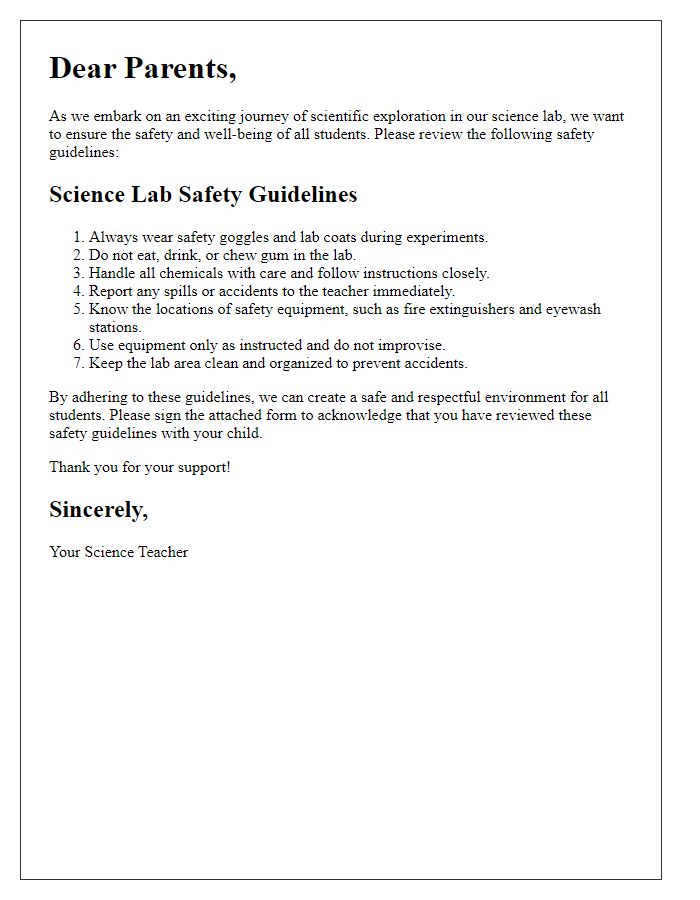
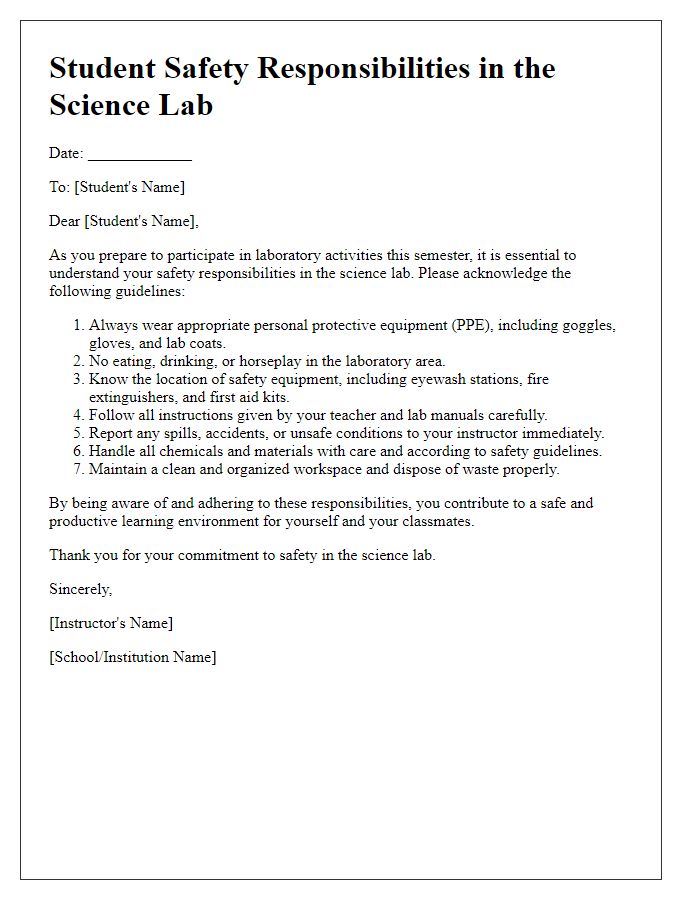
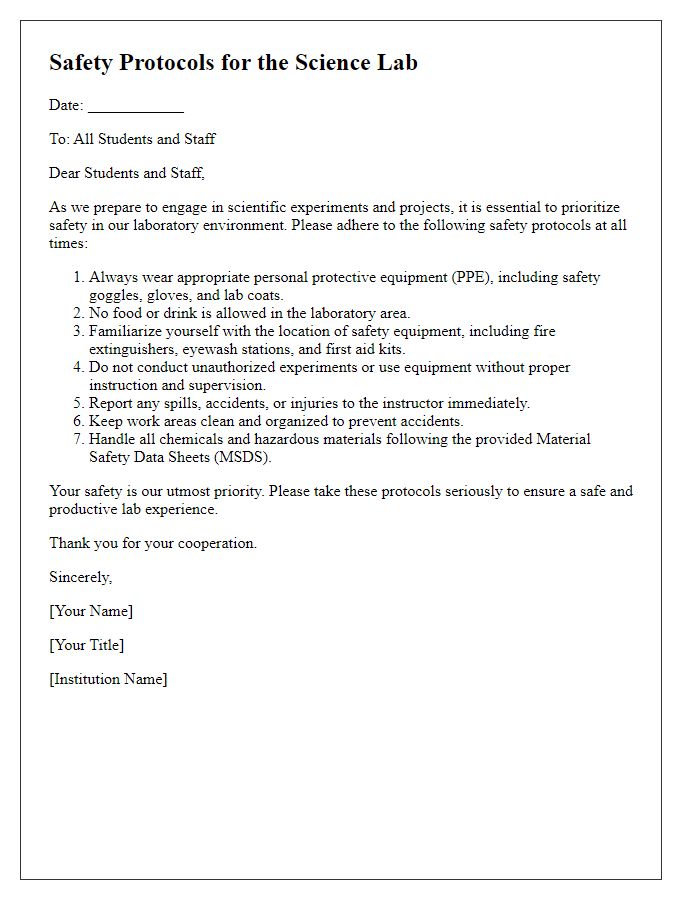
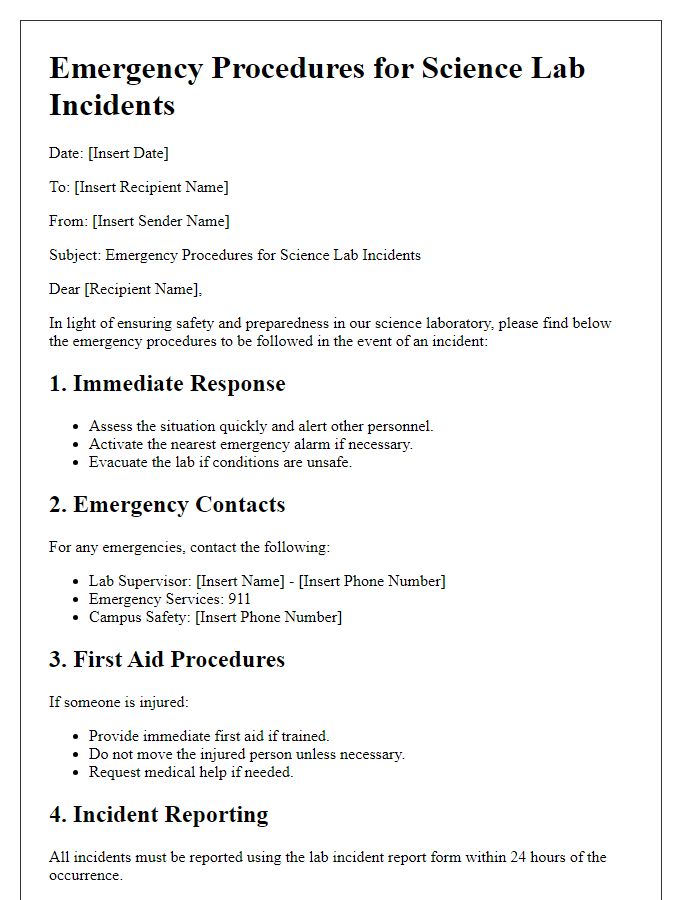
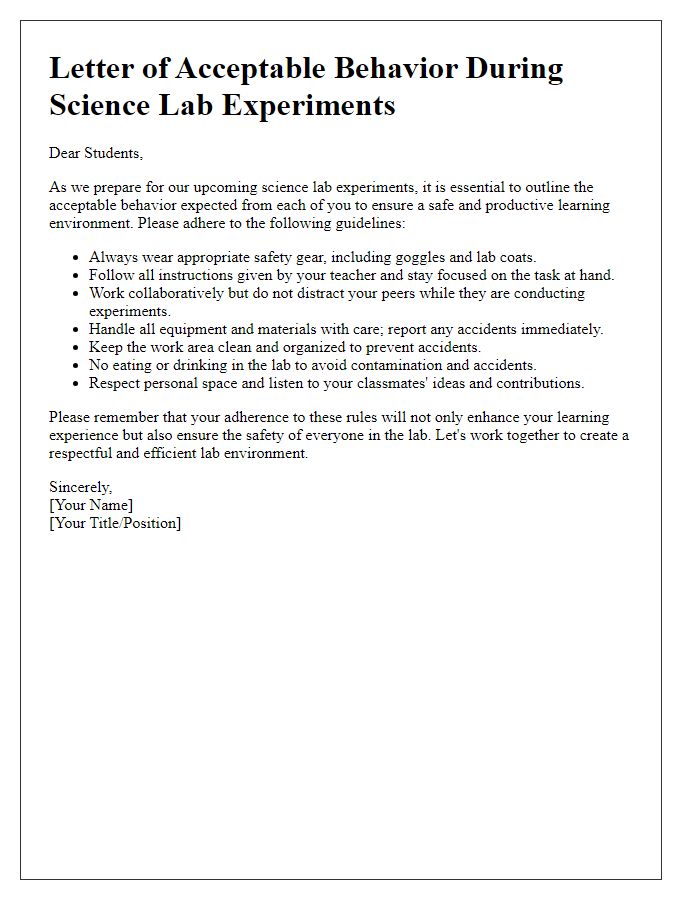
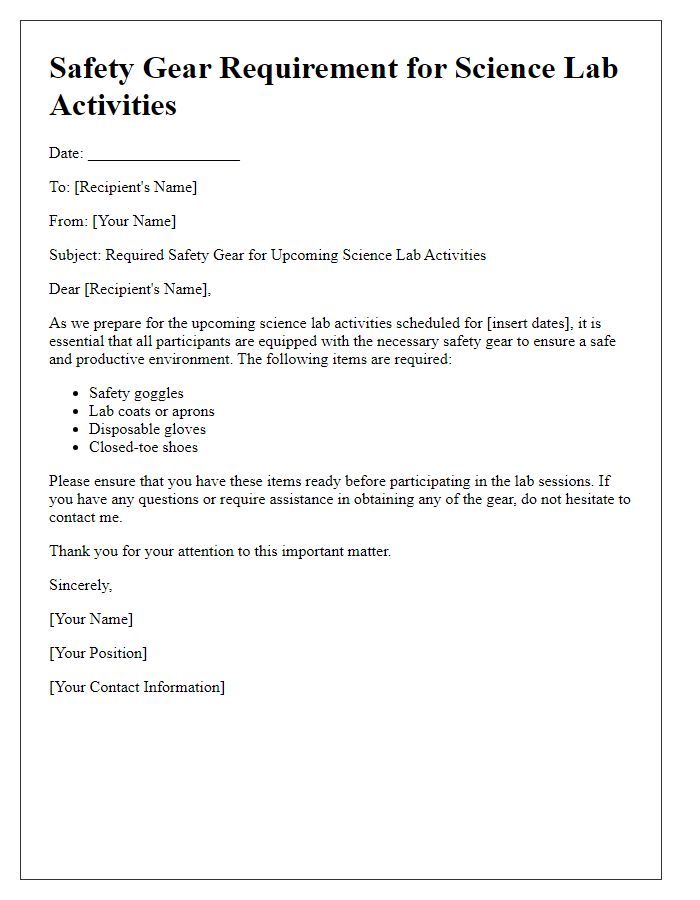
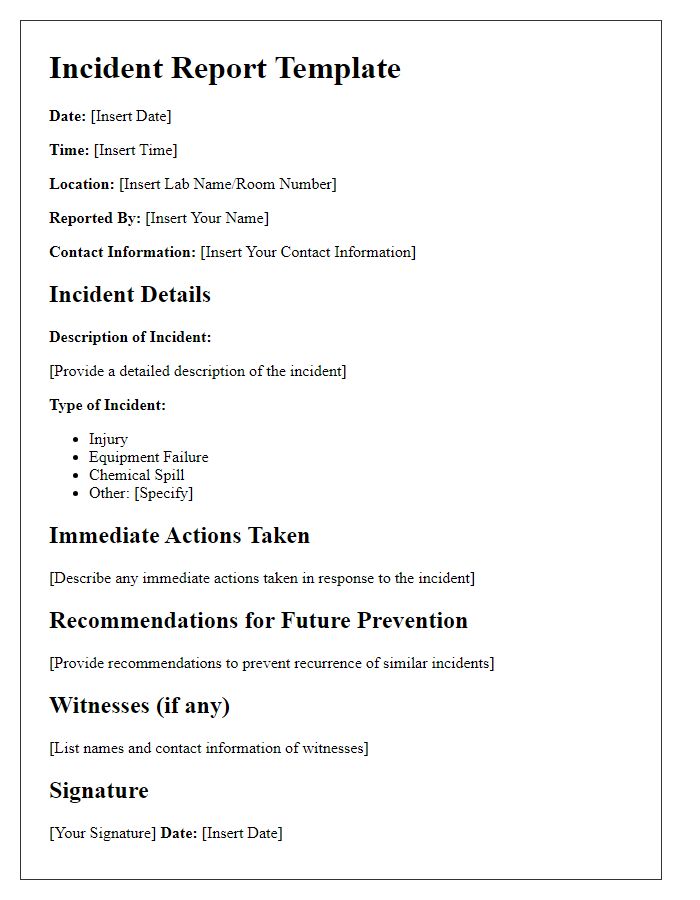
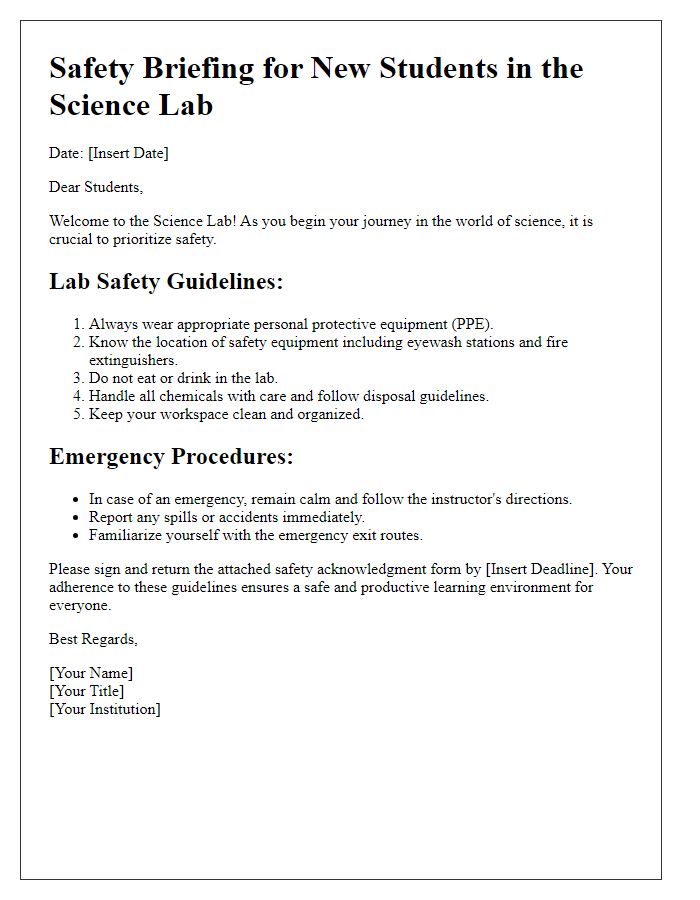
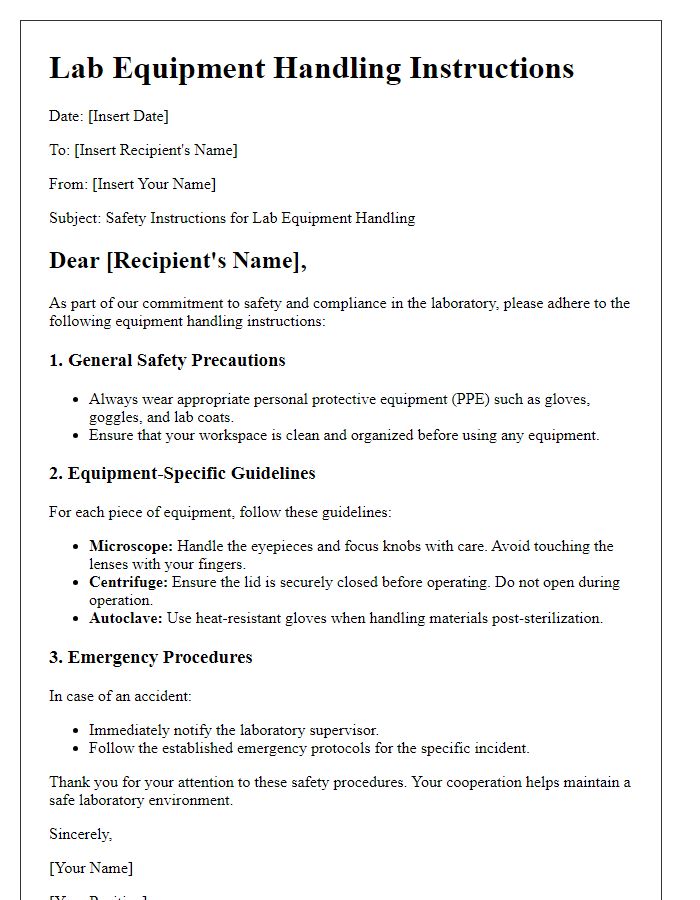
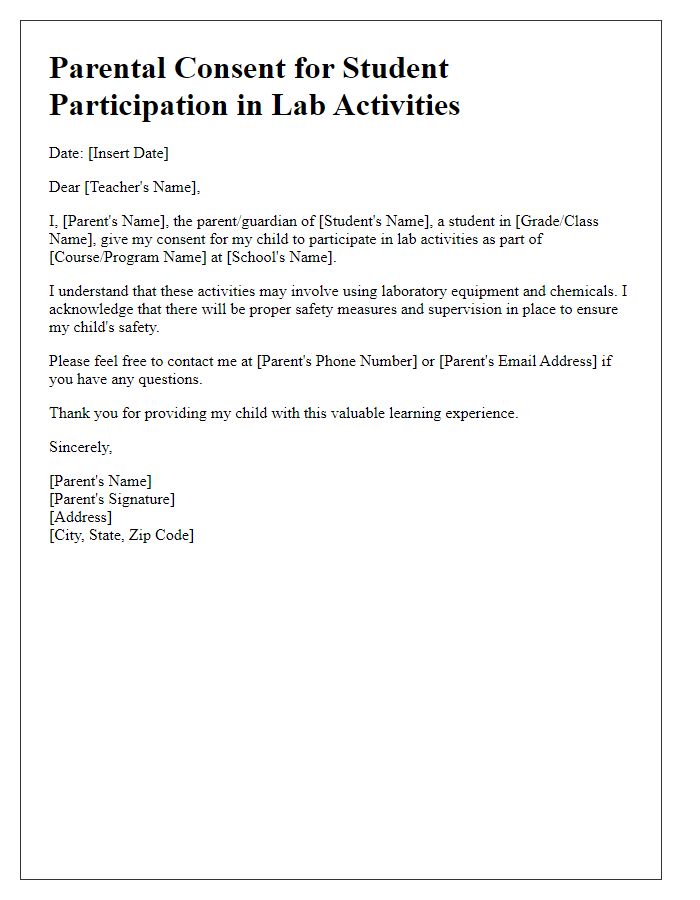

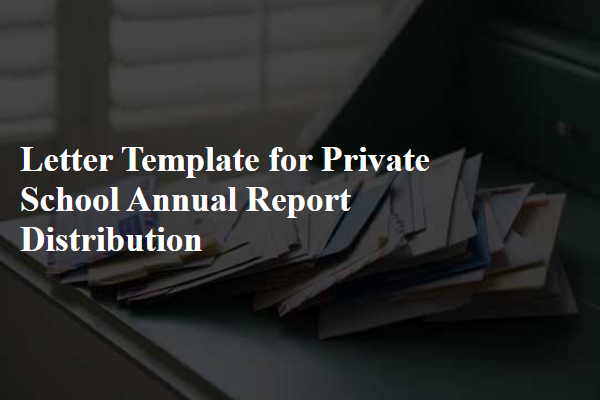
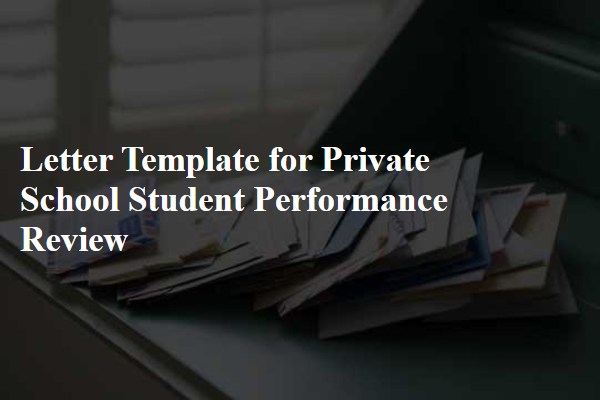

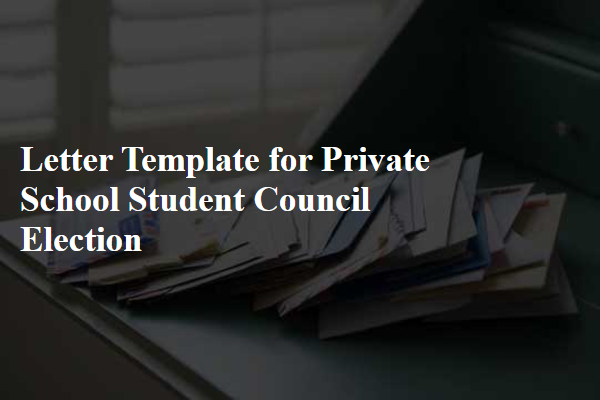
Comments